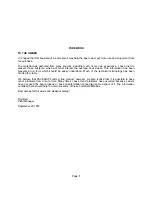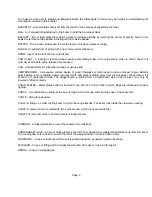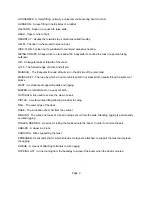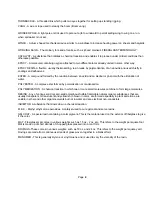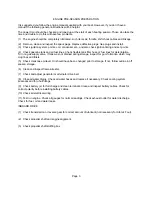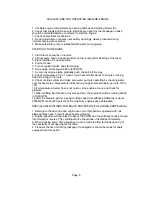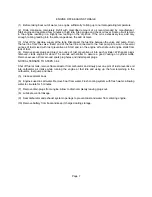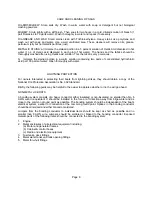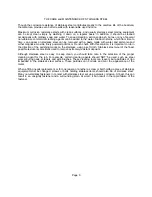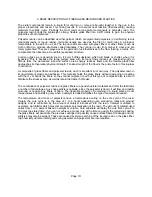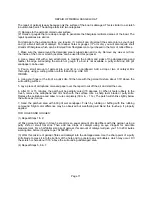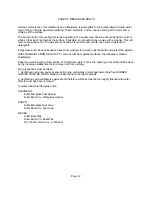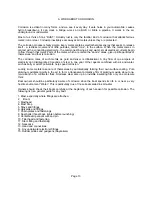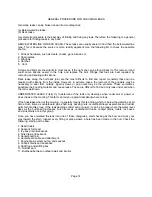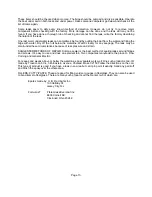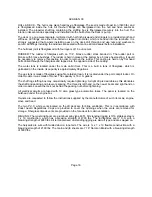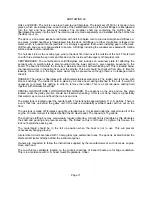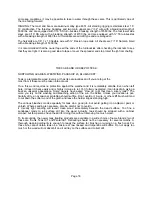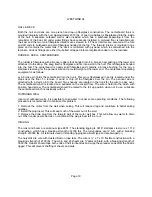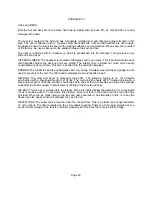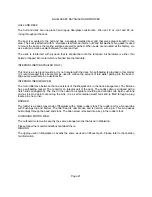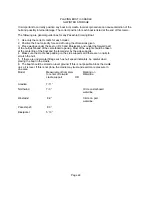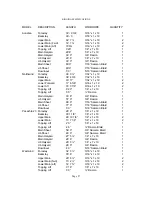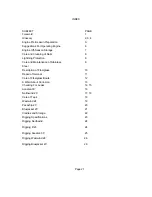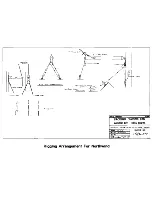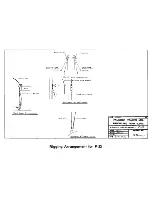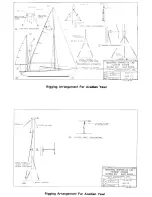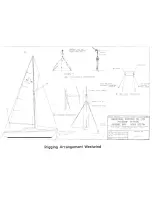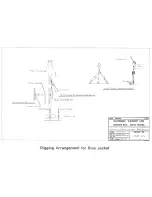
GENERAL PROCEDURE FOR CHECKING LEAKS
Generally, leaks can be broken down into two categories:
(a) Below waterline leaks.
(b) Deck leaks.
A systematic procedure is the best way of finding and fixing any leak. Therefore, the following is a general
procedure for finding leaks in any boat:
ABOVE WATERLINE OR DECK LEAKS: These leaks are usually easier to find than the below waterline
type. This is because the source is more readily apparent. Use the following list to check the possible
source:
1. All deck hardware, such as cleats, chocks, genoa track, etc.
2. Chain plates.
3. Windows
4. Hatches
5. Vent.
Screws and bolts are the culprits in most cases. If the right one can be found, back it off or remove it and
squirt some silicone sealer in the hole and replace the bolt. Fittings that leak are best repaired by
removing and sealing with silicone.
Deck leaks along the hull deck joint are the most difficult to find and repair. Generally these can be
repaired with silicone from the inside. However, in extreme cases, the removal of the gunwale may be
necessary to seal from outside. Again screws or pop rivets may be the problem. These sometimes
penetrate the bonding material and cause leaks. These are difficult to find and only leak under sail when
the rail is well down.
UNDERWATER LEAKS; Firstly try to determine if the leak only develops when under sail or power or
does it leak at the mooring. This fact can tell you a great deal about where to look.
If the boat leaks when at the mooring, it generally means this is a filling, which is below the waterline at all
times. Such items as centerboard pins, shaft logs, packing nuts, centerboard lever assemblies and rudder
parts fall into this group. If the leak develops under sail or power, it can be in areas where the water level
rises as the hull speed increases. Such items as, centerboard trunks, cockpit drains, toilets, ice boxes
and sink drains are in this group.
Once you have isolated the leak into one of these categories, start checking at the bow and work your
way toward the stern. Inspect every fitting or place where a hole has been made in the hull. Check the
following, starting at the bow:
1. Head (toilet).
2. Seacock for Head.
3. Ice box drain & seacock.
4. Sink drain and seacock.
5. Centerboard pin.
6. Centerboard cable and attachment.
7. Engine drains, water pump, and seacock.
8. Cockpit drains and seacocks.
9. Shaft log and stuffing box.
10. Rudder port.
11. Bulkhead between outboard well and interior.
Page 14


